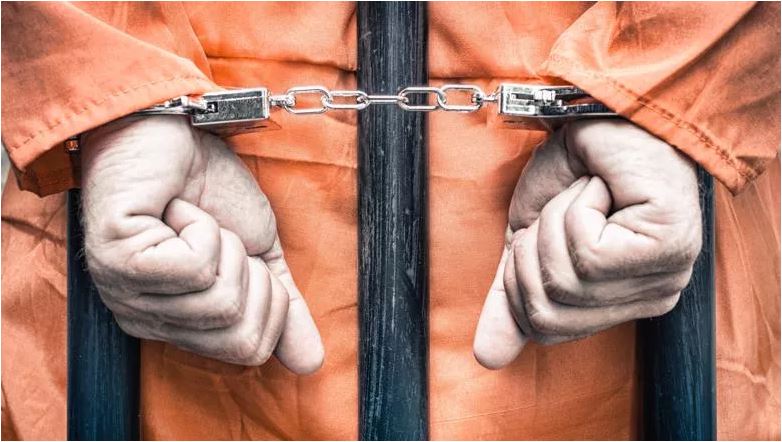Politics, Philosophy and Law LLB (4th year) discusses the recent case of Guantanamo detainee Abd al-Rahim al-Nashiri in which King’s Legal Clinic students conducted research under the supervision of Sue Willman leading to an amicus brief drafted by Dr Philippa Webb and Rosana Garciandia of the Dickson Poon School of Law, which has been said to have a ‘global impact’.
Working at King’s Legal Clinic was a unique experience for me, in that it was my first time contributing to a real case in international human rights law and public international law. It was made clear to us from the very beginning that the task would be a challenging one. Tight deadlines, lots of material to go through, and no room for error. During the first week of research, I worked with other student researchers on secondary sources relating to the use of torture in pre-trial and interlocutory proceedings, going over more than 40 journal articles, legal blogs, and even Twitter threads, to identify trends on the use (or, rather, non-use) of torture evidence. For the second and third weeks, I turned to case law review, looking at common law jurisdictions, and their stance on torture tainted evidence. The collaboration with the rest of the Clinic members was exemplary. We worked methodically and efficiently, dividing jurisdictions between us, and looking at the relevant cases, whilst contributing to a common document to be submitted to our supervisors. I believe we rose to the challenge!
The final task I undertook was working on distinguishing torture evidence from hearsay evidence, and putting together an original argument, drawing from the research of the whole team. Together with Saras Sawhney, we drafted an argument with reference to the Military Commission’s judgement, outlining why torture evidence ought to be treated separately from hearsay, and consequently why the torture prohibition also applies in pre-trial. Overall, it was particularly rewarding to be able to contribute to such a pressing human rights concern, and to know that the work we all put into this experience could be a drive for positive change, and for upholding the rule of law. That is why the recent Court of Appeals decision is so important, both for the present case, but also for human rights law generally.
Is the outcome entirely satisfactory? What should the Department of Justice have done?
The decision of the Biden administration to reverse the approach previously taken by the U.S. Military Commission is certainly a big step in the right direction. The categorical prohibition of evidence obtained by means of torture or cruel, inhuman, or degrading treatment (CIDT) was upheld by the U.S. Government, reflecting international and domestic legal obligations. The biggest achievement of the recent decision is, in my opinion, the unequivocal pledge by the U.S. government that the prohibition of torture applies to all stages of judicial proceedings.
That being said, and without taking anything away from the importance of the Court of Appeals’ decision, there are a couple of vital questions that remain unanswered. The Al-Nashiri case is not the only case brought before a military commission involving the use of torture-tainted evidence. It is, therefore, particularly interesting to see how pending cases that raise the question of how statements obtained by torture will be treated by the commissions
and the government, and whether the Biden administration is ready and willing to conduct transparent, thorough reviews of torture claims, and adopt similarly brave yet necessary – under domestic and international law – decisions.
This, in turn, raises the bigger question surrounding military commissions as legal institutions. The statement issued by the U.S. government appears to recognize the problem of torture and CIDT facing military commission cases. The question that is necessarily generated, then, is that of reform; and it was unfortunately left unattended by the Court. Is torture bound to poison legal proceedings in future litigation, if no further steps are taken at an administrative level to make legal proceedings more transparent and less politically motivated? Does it safeguard the rights of future detainees? Although satisfactory on the facts of the present case, it seems like the Court could have looked at the bigger picture and seek to take positive steps to fortify the legal system, so as to not leave any room for torture evidence to sneak through the back door.
This is not to downplay the significance of the present judgement, as I believe it is a manifest endorsement of the fundamental human right of freedom from torture. It remains to be seen, however, whether this decision can be a drive for positive change in the U.S. legal system, so as to better safeguard the rights of prisoners and detainees in future.
By Stefanos Arvanitakis

Leave a Reply